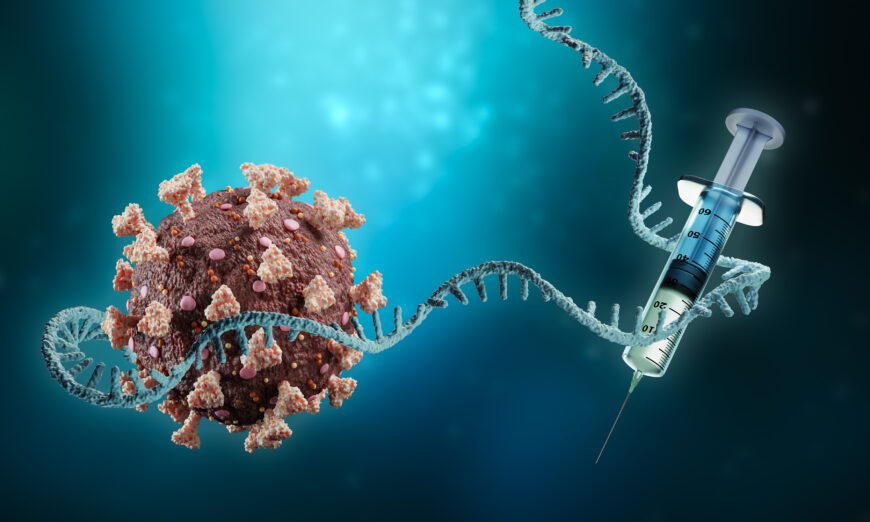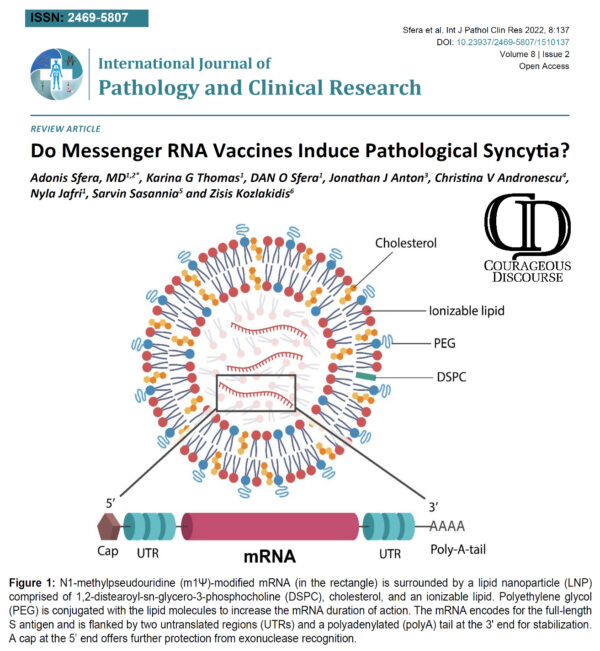
A new study finds that an artificial intelligence model can predict whether Crohn’s disease will recur after surgery.
A deep learning model trained to analyze histological images of surgical specimens accurately classified patients with and without Crohn’s disease recurrence, investigators report in The American Journal of Pathology.
According to researchers, more than 500,000 individuals in the United States have Crohn’s disease. Crohn’s disease is a chronic inflammatory bowel disease that damages the digestive system lining. It can cause digestive system inflammation, which may result in abdominal pain, severe diarrhea, exhaustion, weight loss, and malnutrition.
Many people end up needing surgery to treat their Crohn’s disease. Even after a successful operation, recurrence is common. Now, researchers are reporting that their AI tool is highly accurate at predicting the postoperative recurrence of Crohn’s disease. It also linked recurrence with the histology of subserosal adipose cells and mast cell infiltration.
Using an artificial intelligence (AI) tool that simulates how humans visualize and is trained to identify and categorize pictures, researchers created a model that predicts the postoperative recurrence of Crohn’s disease with high accuracy by evaluating histological images. The AI tool also identified previously unknown differences in adipose cells and substantial disparities in the degree of mast cell infiltration in the subserosa, or outer lining of the gut, when comparing individuals with and without disease recurrence. Elsevier’s The American Journal of Pathology published the findings.
The 10-year rate of postoperative symptomatic recurrence of Crohn’s disease, a chronic inflammatory gastrointestinal illness, is believed to be 40%. Although there are scoring methods to measure Crohn’s disease activity and the existence of postoperative recurrence, no scoring system has been devised to predict whether Crohn’s disease will return.
Sixty-eight patients with Crohn’s disease were classified according to the presence or absence of postoperative recurrence within two years. The investigators performed histological analysis of surgical specimens using deep learning EfficientNet-b5, a commercially available AI model designed to perform image classification. They achieved a highly accurate prediction of postoperative recurrence (AUC=0.995) and discovered morphological differences in adipose cells between the two groups. Credit: The American Journal of Pathology
“Most of the analysis of histopathological images using AI in the past have targeted malignant tumors,” explained lead investigators Takahiro Matsui, MD, Ph.D., and Eiichi Morii, MD, Ph.D., Department of Pathology, Osaka University Graduate School of Medicine, Osaka, Japan. “We aimed to obtain clinically useful information for a wider variety of diseases by analyzing histopathology images using AI. We focused on Crohn’s disease, in which postoperative recurrence is a clinical problem.”
The research involved 68 Crohn’s disease patients who underwent bowel resection between January 2007 and July 2018. They were divided into two groups based on whether or not they had postoperative disease recurrence within two years after surgery. Each group was divided into two subgroups, one for training and the other for validation of an AI model. Whole slide pictures of surgical specimens were cropped into tile images for training, labeled for the presence or absence of postsurgical recurrence, and then processed using EfficientNet-b5, a commercially available AI model built to perform image classification. When the model was tested with unlabeled photographs, the findings indicated that the deep learning model accurately classified the unlabeled images according to the presence or absence of disease occurrence.
Following that, prediction heat maps were created to identify areas and histological features from which the machine learning algorithm could accurately predict recurrence. All layers of the intestinal wall were shown in the photos. The heatmaps revealed that the machine learning algorithm correctly predicted the subserosal adipose tissue layer. However, the model was less precise in other regions, such as the mucosal and proper muscular layers. Images with the greatest accurate predictions were taken from the non-recurrence and recurrence test datasets. The photos with the greatest predictive results all had adipose tissue.
Because the machine learning model achieved accurate predictions from images of subserosal tissue, the investigators hypothesized that subserosal adipose cell morphologies differed between the recurrence and the non-recurrence groups. Adipose cells in the recurrence group had a significantly smaller cell size, higher flattening, and smaller center-to-center cell distance values than those in the nonrecurrence group.
“These features, defined as ‘adipocyte shrinkage,’ are important histological characteristics associated with Crohn’s disease recurrence,” said Dr. Matsui and Dr. Morii.
The investigators also hypothesized that the differences in adipocyte morphology between the two groups were associated with some degree or type of inflammatory condition in the tissue. They found that the recurrence group had a significantly higher number of mast cells infiltrating the subserosal adipose tissue, indicating that the cells are associated with the recurrence of Crohn’s disease and the “adipocyte shrinkage” phenomenon.
To the investigators’ knowledge, these findings are the first to link postoperative recurrence of Crohn’s disease with the histology of subserosal adipose cells and mast cell infiltration. Dr. Matsui and Dr. Morii observed, “Our findings enable stratification by the prognosis of postoperative Crohn’s disease patients. Many drugs, including biologicals, are used to prevent Crohn’s disease recurrence, and proper stratification can enable more intensive and successful treatment of high-risk patients.”

